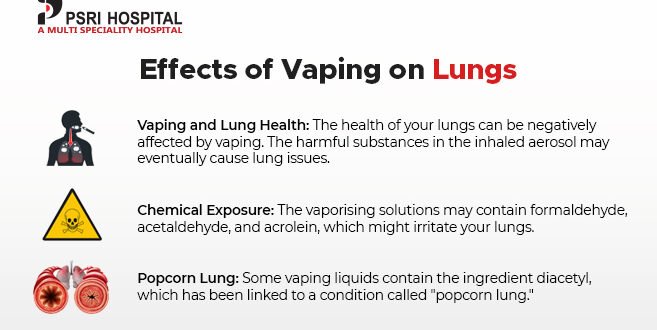A Critical Look at Vaping as a Harm Reduction Strategy
Last week, an event was held by the Chiromo Hospital Group focusing on vaping as a harm reduction strategy. While I chose not to attend, it wasn’t due to a lack of interest but rather a firm stance on the issue. Accepting harm reduction as a legitimate approach in the context of nicotine addiction is akin to falling into a trap set by industry players who masquerade as public health advocates.
It is deeply disappointing that a hospital, led and managed by a prominent psychiatrist, would publicly endorse such a position. Medical institutions should be the last line of defense for integrity, not the next platform for nicotine manufacturers to promote their products.
Vaping is not a step down from smoking; it is a calculated detour that leads young people back to addiction—just wrapped in appealing flavors and influencer aesthetics. Nicotine, a known neurotoxin, poses significant risks, especially to adolescent brains. It disrupts cognitive development, impairs emotional regulation, and accelerates dependency. The youth—our children—are the primary targets of these products, not the so-called “adult smokers” often cited in harm reduction arguments. Research shows that vaping increases the likelihood of starting to smoke, not quitting.
The health consequences of vaping extend beyond addiction. Across the globe, young people are reporting serious health issues: respiratory distress, collapsed lungs, and neurological symptoms. Mental health impacts are also rising—increasingly, anxiety, depression, and suicidal ideation are linked to regular vape use.
Kenya is not spared from this growing crisis. The proliferation of flavored nicotine products, combined with aggressive social media marketing and online sales, is creating a new wave of addiction. We commend recent efforts by the Ministry of Health, such as requiring graphic health warnings on all nicotine products. However, this must be the start, not the end. The Ministry needs to take a clear and decisive stand: vaping is harmful, and its promotion as a harm reduction tool must be rejected.
The Tobacco Control (Amendment) Bill, 2024 presents a promising path forward. It includes proposals to ban online sales, social media marketing, and flavored products that appeal to children. These measures need to be enacted, funded, and enforced. Additionally, excise taxes on novel nicotine products must be increased and kept at levels that deter use. Enforcement mechanisms for licensing and age restrictions must be robust, transparent, and free from corruption.
Hospitals and medical professionals must also draw a firm line. By aligning with harm reduction narratives, they risk becoming enablers of the very problem they aim to address. These narratives are not designed to promote health—they are strategies to ensure that nicotine remains in the bloodstream of the next generation. This is not about ideology; it is about integrity. It is about protecting our children from a future of addiction disguised as innovation.
In policy discussions, we often emphasize evidence-based approaches. The evidence regarding vaping is clear, and so must be our position. There is no real reduction in harm when the harm is merely repackaged, redirected, and amplified. Let us not confuse treatment with complicity.
 Info Malang Raya Its All About World News
Info Malang Raya Its All About World News




